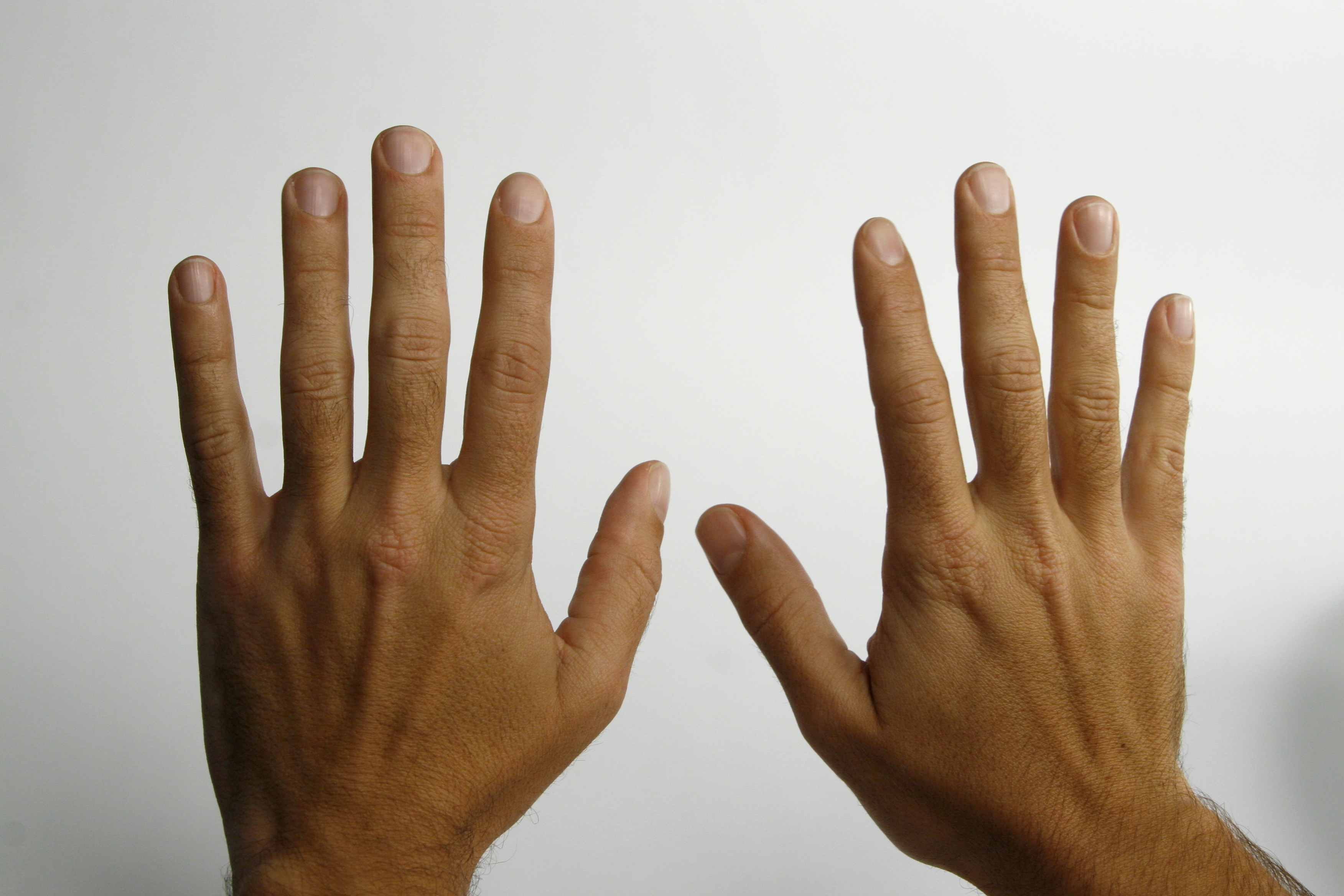Naturopathic treatments. Alternative medicine. Homeopathy. Over the years, many people have associated these forms of treatment with clinical malpractice and irrational science. In our advanced world, such alternative methods seem to have no place. They are based largely on anecdotal evidence and lack professional support and funding. Thoroughly designed clinical trials for such complementary and alternative medicine (CAM) treatments are sparse, and the efficacy of most therapies are uncertain. Despite this, CAM approaches have been utilized for thousands of years in various cultures, proving that they do have their place in treating ailments and promoting good health. Even today, 38% of adults and 12% of children use some form of CAM.
One recently developed CAM treatment known as Reiki was developed under a Japanese Buddhist named Mikao Usui in 1992. The fundamental theme underlying Reiki is that all humans have a qi, or “life force.” Reiki practitioners attempt to transfer qi from their palms to the patient by lightly touching and/or hovering their hands above the patient’s body. In theory, Reiki can be categorized as a form of energy healing, or complementary medicine that claims to “tap into the body’s own frequencies.”
Image Source: Leigh Righton
In a 2014 article written by Meredith Engel, a reporter in the New York Daily News, a ninety-minute session of Reiki purportedly created a profound feeling of self-introspection and relaxation. Engel reported that she was very comfortable in a dark room while lying face down, and that the process of Reiki induced effects similar to meditation: reducing stress and promoting calmness of mind.
It is important to note that Reiki is similar to meditation in that its effectiveness is subjective. The results of Reiki may be more pronounced in busy individuals suffering from high levels of stress, and less pronounced in those who are skeptics of the practice. There are also additional physiological factors, such as disease or deficiency, that must be taken into account when judging whether Reiki is an effective treatment.
In the professional world, there is a lack of consensus on Reiki’s efficacy. Few clinical studies have been conducted, and most are absent of controls. However, in one recent experiment where yoga, massage, and Reiki were used as forms of naturopathic pain relief for cancer patients, Reiki was found to reduce pain to a greater extent than either massage or yoga.
Reiki’s short history seems to follow the pattern of many CAM treatments: gaining a reputation as nothing more than a jumbled conglomeration of “sham” medical ideas. Despite this, it is safe to say that for some, Reiki can be a useful alternative to allopathic medicine.
Feature Image Source: Nate Steiner










